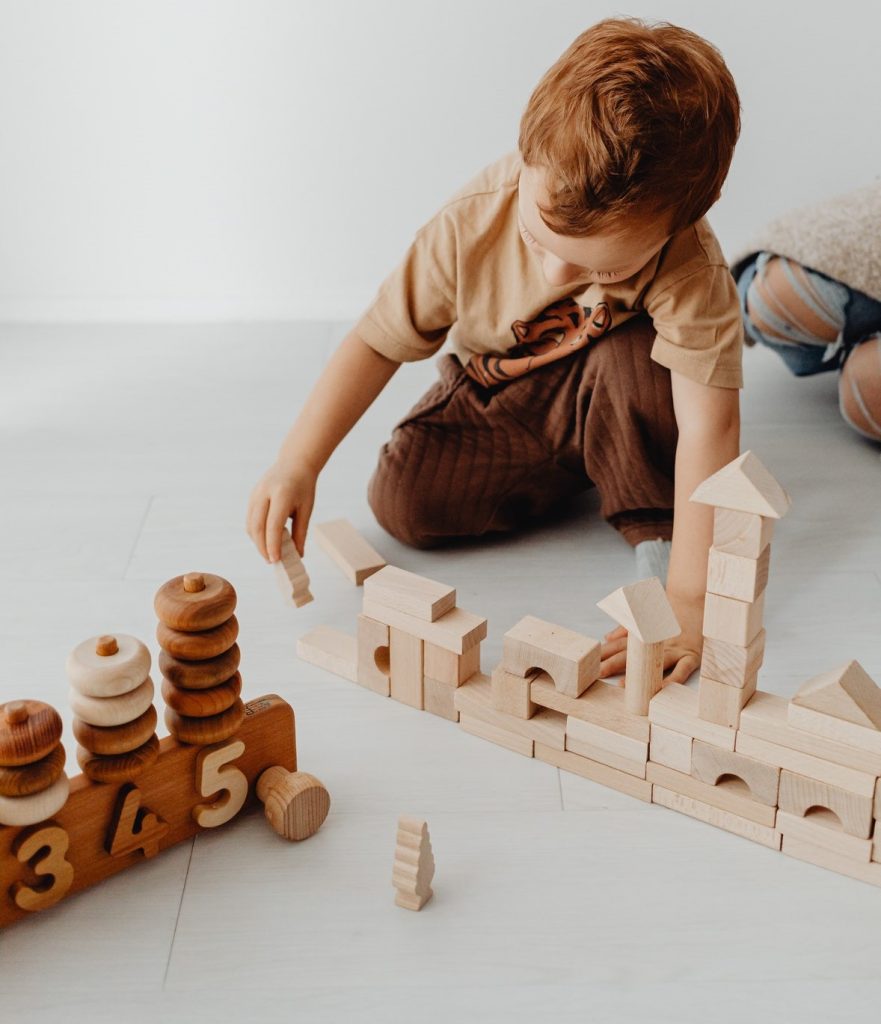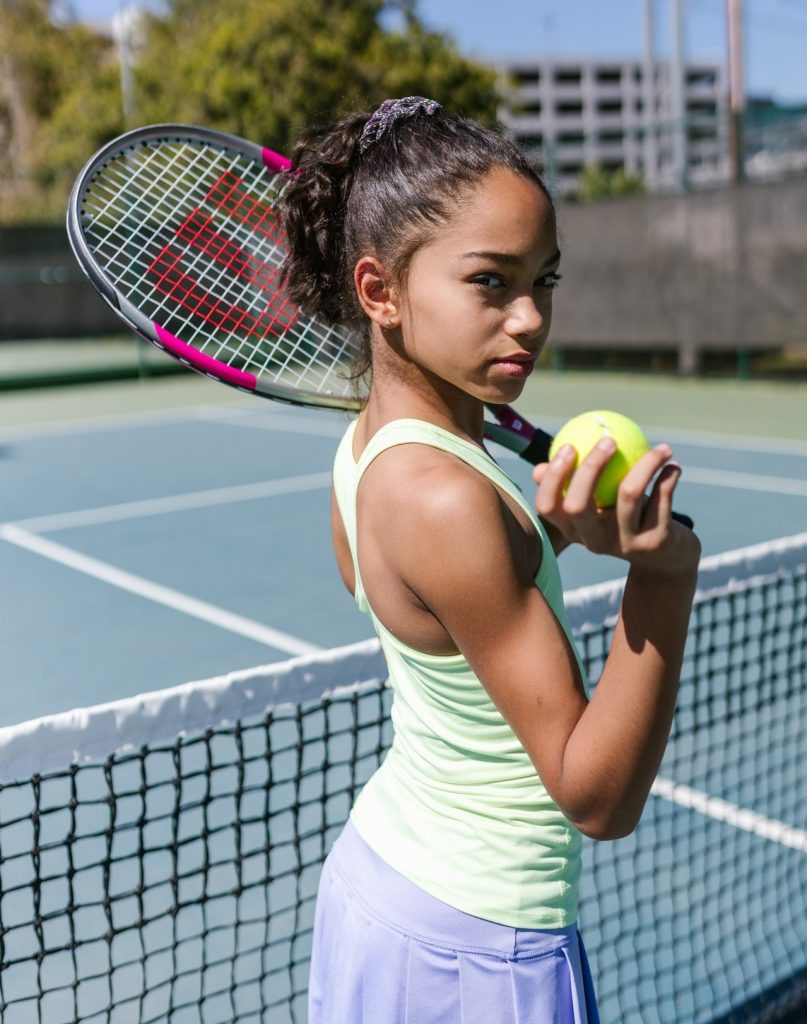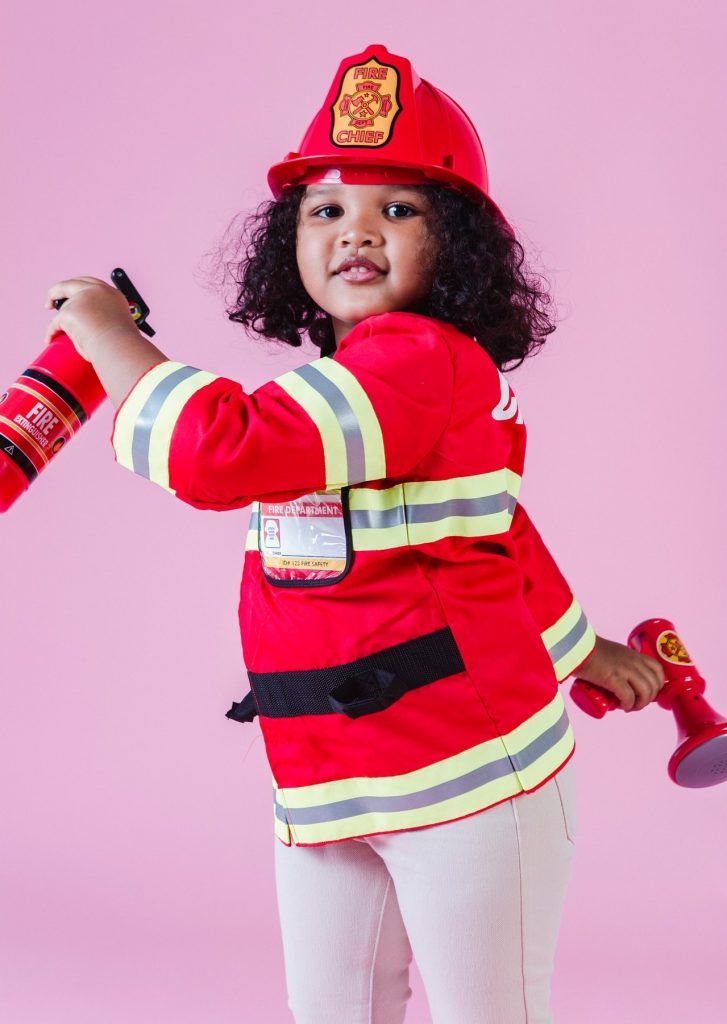Do you often find yourself fidgeting when you’re supposed to keep still? Do you have strong gut instincts that guide your decision-making process? Do you like engaging in hands-on activities? Do you have a tendency to act before you think? Have you ever been called “hyperactive”? If you answered “yes” to all or some of these questions, chances are you’re a kinesthetic learner.
Kinesthetic is one of the main learning styles, and kinesthetic learners find the most success when they can get their entire body engaged in the learning process. If you look up the word “kinesthetic” in the dictionary, one of the definitions is literally “needing to move.” So, kinesthetic learners need to move while they learn! As with all approaches to learning, kinesthetic is only one piece of the puzzle, so it’s important to practice the other learning styles as well. But appealing to the kinesthetic learning style can make learning a lot more fun, so let’s get moving!
Kinesthetic Learner Superpowers
If you’re a kinesthetic learner, you’re probably pretty great at the following:
- Playing sports
- Making split-second decisions
- Working with your hands
- Following demonstrations
- Figuring out how things work
While kinesthetic learners tend to naturally develop the above skills, they’re capable of learning all kinds of other cool stuff too. Be proud of your ever-growing toolkit!
Kinesthetic Learner Strategies
As a kinesthetic learner in a typical school setting, you might feel out of your element. A large component of school involves sitting still, an activity (or lack thereof) which is detrimental to your learning process. That means you’ll have to do a little extra work to make sure your brain is engaged the way it likes to be. But that’s okay! Try some of the following strategies to make the most of your educational opportunities:
- Use a small, noiseless fidget toy (squishy ball, stretchy band, putty, etc.) to help maintain focus
- Compare new concepts to one of your favourite sports or activities to help make sense of the information (use goals scored to learn addition, learn physics by likening nuclear reactions to bowling, etc.)
- Writing and drawing count as movement-based activities, so try writing and drawing to help retain information
- Practice thinking deeply about ideas (perhaps by writing them down) before contributing to a group discussion
- Use roleplaying and simulations to act out concepts, especially when it comes to history and other areas of social studies (re-enact historical battles, participate in important debates, pretend to be a civilian during the French Revolution, etc.)
These are just a few ways to appeal to your kinesthetic needs, and there are many more you can try. Experiment with what works best for you, and remember to keep moving!
Get a Move On – Break the Hyperactive Stigma
One of the toughest parts of being a kinesthetic learner is sitting in a classroom. Contrary to popular belief, an inability to sit still doesn’t necessarily mean you have ADHD, and it certainly doesn’t mean you’re any less intelligent than your peers. Hyperactivity is a response to your environment, and it’s simply your brain’s way of saying, “This isn’t how I want to learn!” Imagine over-watering a plant and then wondering why it’s not growing. It wouldn’t make any sense to keep giving it more water in hopes that it will eventually grow, but that’s exactly what happens to a lot of kinesthetic learners—they show the teacher that sitting still won’t help them learn, and then they’re told to sit still anyway.
Since much of school takes place at a desk, it’s important to have strategies that can maximize movement while there. Interacting with a fidget toy while listening to the teacher talk can satisfy your brain’s urge to get your body moving, but you need to be mindful of your fellow classmates too. Choose a silent toy that won’t distract the other students, or write your notes with a pen or pencil that has a squishy grip you can fiddle with. Also, ask the teacher to demonstrate the concepts they’re explaining as this will help you stay engaged. And, if you’re lucky enough to have a teacher who gives hands-on demonstrations, volunteer to be their assistant! Working directly with the materials will help your brain latch on to the concepts in a meaningful way.
Do Things Your Way
When assigning tests, essays, and other projects, some teachers will accept alternative forms of work. As a kinesthetic learner, you can get a ton of value out of creating a diorama or model to demonstrate your understanding of the course material. Check with your teacher to see if they’ll allow you to submit something you’ve made with your hands in place of, or in addition to, the regular assignment. Even if it’s not worth extra marks, you can go ahead and do it anyway to help make sense of the concepts, and you’ll develop essential life skills while you’re at it.
 Outside of school, you have a lot more freedom to learn the way you want. In your free hours, dedicate time to practicing your curriculum work with the use of models, games, toys, and whatever else makes your brain light up. Get help from a parent, a friend, or a tutor to organize everything. Your helper should provide demonstrations you can follow and imitate—as a kinesthetic learner, you learn best by getting your hands involved and doing things for yourself. Incorporate coloured stones or tiles into your fractions lessons, teach sentence-construction by putting words on hopscotch squares, toss beanbags at correct answers to history questions—the possibilities are endless!
Outside of school, you have a lot more freedom to learn the way you want. In your free hours, dedicate time to practicing your curriculum work with the use of models, games, toys, and whatever else makes your brain light up. Get help from a parent, a friend, or a tutor to organize everything. Your helper should provide demonstrations you can follow and imitate—as a kinesthetic learner, you learn best by getting your hands involved and doing things for yourself. Incorporate coloured stones or tiles into your fractions lessons, teach sentence-construction by putting words on hopscotch squares, toss beanbags at correct answers to history questions—the possibilities are endless!
When it comes to low-energy activities like reading, spice things up by choosing action-packed stories with vivid descriptions of things happening. This will allow you to put yourself into the book and imagine yourself as one of the characters, helping you with reading comprehension. It’s easy to get lost in boring books, so pick something exciting! Also, don’t be afraid to try listening to audiobooks while riding your bike, going for a run, or doing some other sort of exercise—audiobooks count as reading, and doing something active while listening will help you digest what’s happening in the story.
Practice the Other Learning Styles
As a kinesthetic learner, it’s great to use tactics that play to your strengths, but it’s also important to bolster your skills in other areas as well. We encourage you to try some of the techniques that work for visual, auditory, and read/write learners in addition to the kinesthetic strategies we’ve already listed. You can put your own twist on these alternative techniques to create a unique learning experience that works for you!
Kinesthetic learners can sometimes struggle with writing neatly and drawing accurately, so it’s worth practicing some of the strategies that work for visual learners to improve in these areas. Also, while having a strong gut instinct is incredibly valuable, sometimes it’s useful to act with your head instead of your heart. Again, working on visual strategies will help you map things out before taking action, and working on read/write strategies can help you outline your ideas before you move ahead. With these skills under your belt, you’ll be ready for all the tests (both in school and in the workforce) that you’ll be faced with.
Skills for Lifelong Learning
Learning doesn’t stop once school is over. That’s why Tutoring…With a Twist* is committed to developing students into lifelong learners. By appealing to a student’s learning style(s), we can help them see that learning is fun and not something to be feared. From this understanding emerges confidence, and confidence is the key to success! If you’re ready to take the next step in your learning journey, we’d love to help you. Contact us today!
*Services provided by With a Twist Education Ltd.

